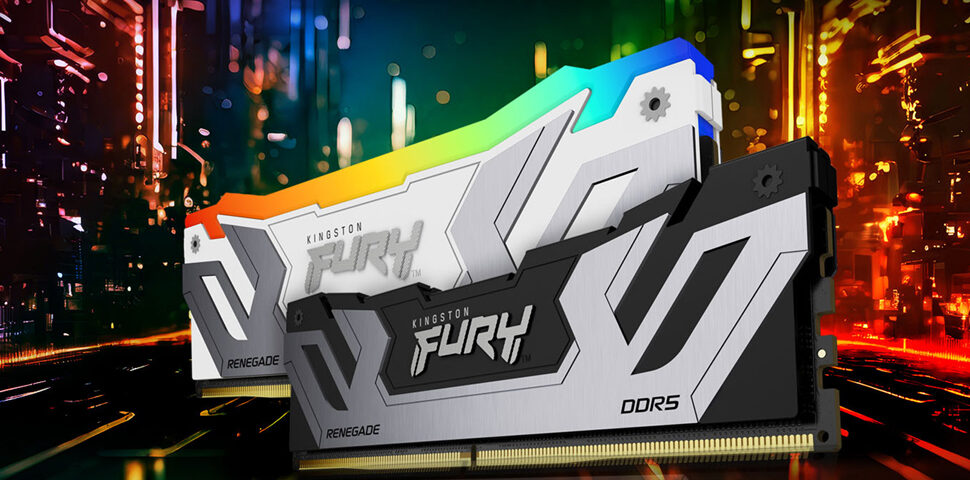
AMD’s dense Zen 4c cores go embedded — new EPYC Embedded 8004 series CPUs for compact and efficiency focused servers
October 2, 2024
Intel announces Arrow Lake fix coming within a month — Robert Hallock confirms poor gaming performance is due to optimization issues
November 9, 2024How fast can CUDIMMs go?
Kovan Yang, an extreme overclocker, has just achieved the world record for fastest RAM with the Kingston Fury Renegade DDR5 CUDIMM and an MSI MEG Z890 Unify-X motherboard running an Intel Core Ultra 7 265KF processor. According to a post on X (formerly Twitter) by Kingston, the record achieved transfer speeds for DDR5-12,108. The HWBot website reports that user Kovan Yang achieved this with 24GBs of the just-launched Kingston Fury Renegade DDR5-8400 CUDIMMs.
G. Skill also celebrated four other overclockers who broke the DDR5-12000. These enthusiasts were all armed with G.Skill Trident Z5 memory sticks in varying capacity configurations, but notably, they all used Intel Core Ultra 9 285K processors and an Asus ROG Maximus Z890 Apex motherboard.
| User | Speed | Memory | Capacity | Motherboard | Processor |
|---|---|---|---|---|---|
| Kovan Yang | DDR5-12108 | Kingston Fury Renegade | 24GB | MSI MEG Z890 Unify-X | Intel Core Ultra 7 265KF |
| Benchmarc | DDR5-12066 | G.Skill Trident Z5 | 48GB | Asus ROG Maximus Z890 Apex | Intel Core Ultra 9 285K |
| OGS | DDR5-12046 | G.Skill Trident Z5 RGB | 32GB | Asus ROG Maximus Z890 Apex | Intel Core Ultra 9 285K |
| Dreadzone | DDR5-12046 | G.Skill | 24GB | Asus ROG Maximus Z890 Apex | Intel Core Ultra 9 285K |
| CENS | DDR5-12042 | G.Skill Trident Z5 RGB | 32GB | Asus ROG Maximus Z890 Apex | Intel Core Ultra 9 285K |
These records from professional overclockers will appear soon after the retail launch of the next-generation Intel Core Ultra 200S processors alongside the Z890 motherboards. Intel’s latest chips only support DDR5-6400 natively when running CUDIMMs on stock power profiles. Still, manufacturers like G.Skill, Asgard, TeamGroup, and more have launched faster memory sticks that could hit DDR-9600 when paired with a capable Z890 motherboard.
Nevertheless, these record holders didn’t just purchase the most expensive memory sticks and motherboards and called it a day to hit these speeds. Instead, they must make painstaking tweaks in their motherboard’s advanced settings, like changing the voltage and memory timing, to get above the DDR5-12000 barrier. Furthermore, hitting this record means exotic liquid nitrogen cooling, as conventional cooling wouldn’t be enough to handle all the heat generated.
You don’t need these numbers if you’re just an average gamer—even most power users likely do not need to go over DDR5-12000. It’s still interesting to see how far we can push our current technology, and as we get more powerful and efficient hardware in the future, we might even see a time when these numbers are the norm.

